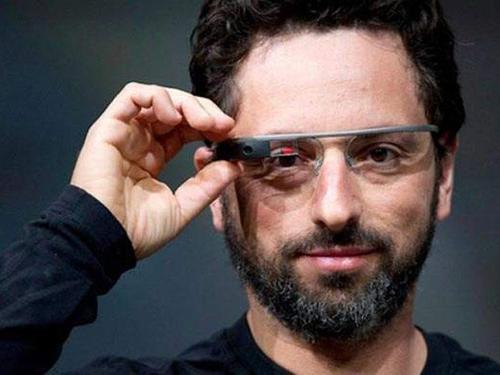

GoogleGlass has gone through a difficult period. It ’s been a long time since Google released a new and more stylish version of Google Glass in July last year and shifted its focus from the mass market to professional work scenarios. But a recent project at Stanford University will restart the technology.
It is understood that Stanford University School of Medicine is starting a project called SuperpowerGlass. A research report published on npj Digital Medicine pointed out that recently, through the combination of Google Glass and facial recognition software, researchers have developed a new type of treatment that can inform the wearer what emotions people are expressing. It can alleviate the social dilemma currently faced by autistic patients and improve their social development in the process of growth and future life.
According to the National Autistic Society, autism is a lifelong developmental disorder that especially affects one's communication and connection with others and how they experience the world around them. In addition, it is difficult for people with autism to learn these skills through treatment, let alone how expensive it is.
However, the Superpower Glass project combines Google Glass with smartphone applications and uses technology to help children improve their social skills. Specifically, during the test, the team invited 14 children with autism from 12 families to participate in this new course of treatment. During the trial, the glasses recorded what the children saw through the glasses and then sent the data to the application.
It is understood that the app uses machine learning and artificial intelligence to automatically recognize facial expressions and then prompt children to participate in what they see. The test results show that when these children come in contact with people, eye contact does improve. Unfortunately, the test did not have a control group, so it was not possible to verify that the improvement was 100% assisted by GoogleGlass.
Because the study has game-like qualities, it encourages children to connect more with others to identify facial expressions and emotions. If the green light on the eyes lights up, this is affirmation of their eye contact with others, and if the emotion recognition is correct, an encouraging emoji will appear.
Dennis Wall, senior research author of the project, said in an interview with the media, "This is a fun opportunity to participate and it creates opportunities for families who may not have emotional exchanges."
In addition, a parent named Donji Cullenbine said she soon noticed changes in her son Alex.
"It's really exciting. I tried to motivate him to see me for so many years without receiving any response. However, within two weeks, he seemed to be turned on a switch and said to me," Mom, I can understand thought'."
SuperpowerGlass's research is ongoing and the team hopes it will be widely used by people with autism.
In addition, many giants have put forward relevant solutions to the problem of using technology to help improve autism. For example, Samsung launched an app in 2014 to help autistic children improve their communication skills; startup Mightier also launched a game platform to help autism and ADHD patients learn how to control their emotions; and MIT is transparent Through an app for a smart watch, it analyzes people's voices and tone during conversations to understand the meaning of the ambiguities in the conversation, helping users confirm the current emotional state of the person who is speaking.